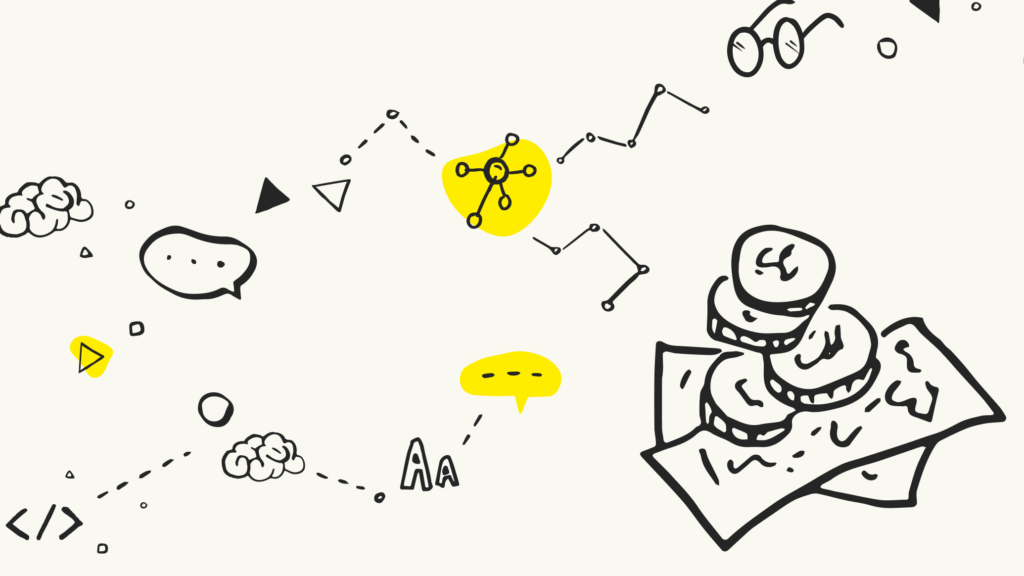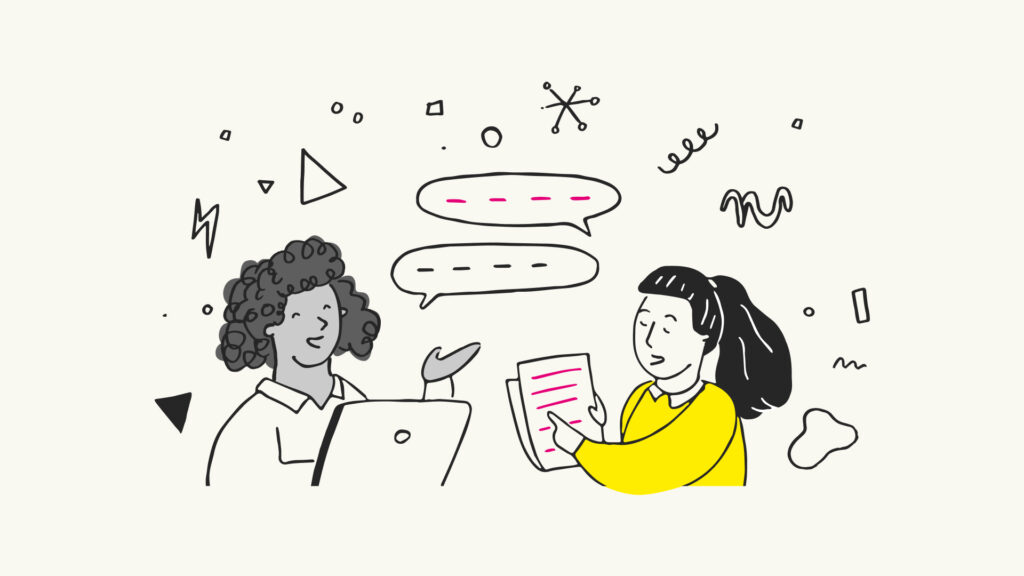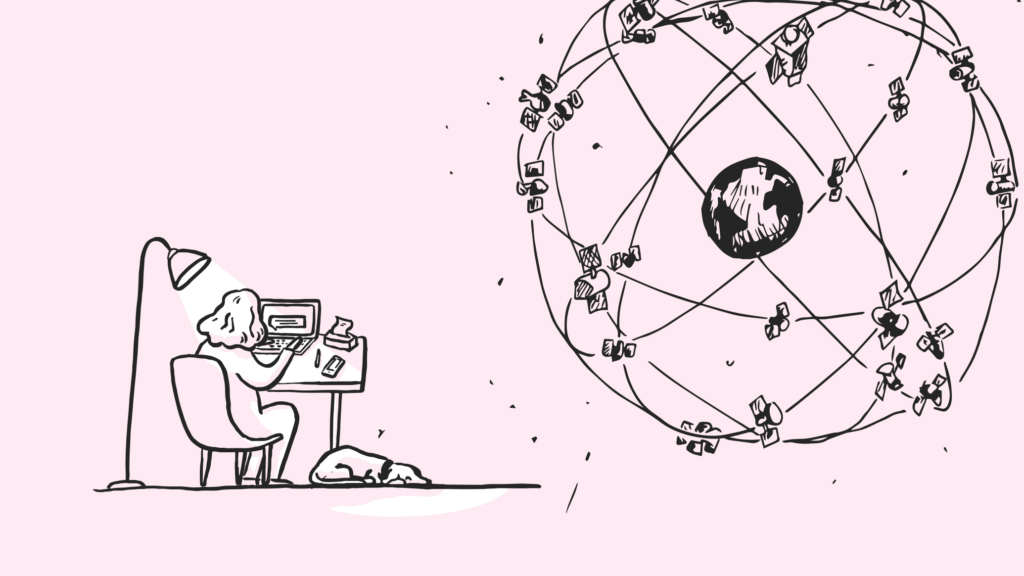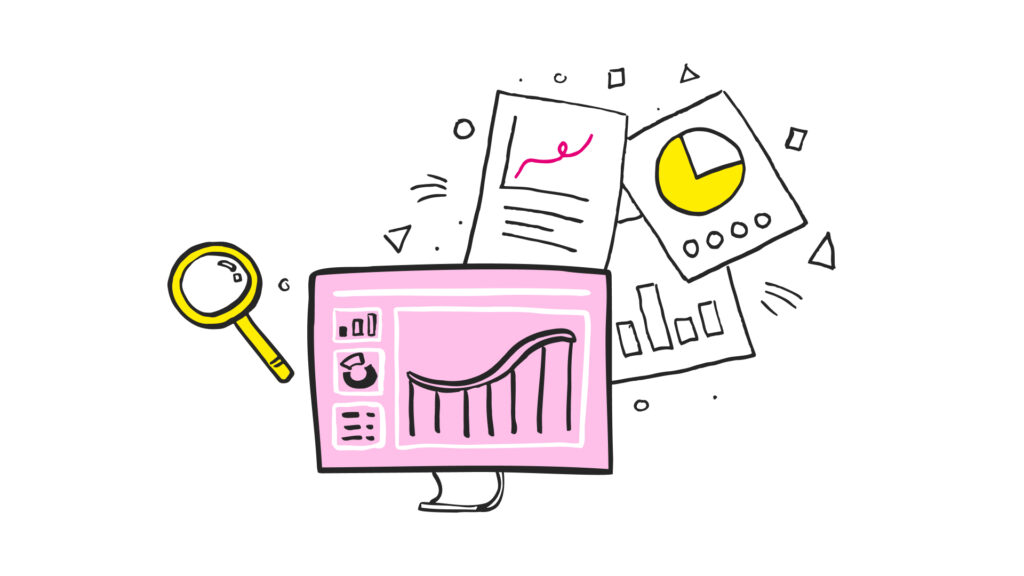It’s late on a Friday evening, and you’re trying to arrange a flight for the following weekend to see your brother in Paris. You don’t mind flying from Bristol, Birmingham or a London airport, you just want the cheapest flight available. However, the flights web site recommended by a friend, foolishflights.com, is causing you great frustration. You can specify just one airport when searching for flights, so you end up doing six searches, one for each airport, writing down each set of flight costs on a scrap of paper by your desk. A seemingly five minute task takes half an hour, leaving you disgruntled and disheartened. You make a mental note to try the local travel agent tomorrow instead.
Sound familiar?
This is a usability issue. Usability is a measure of how easy something is to learn and use. Sometimes it’s also described as a measure of how well something allows a person to do what they want to do. In the case of this website, foolishflights.com, the usability issue makes the web site less usable. Websites such as foolishflights.com may not even be aware that they are not providing the user experience their visitors (and customers if they can convert them) they expect or want. Multiply such issues up and you see how an unusable site can substantially affect a business. For foolishflights.com, the issue described above has cost them the business of one customer. Other issues may not be as serious – judging the ‘seriousness’ of an issue is an expert skill and a discussion for another day. However, the example is a realistic demonstration of usability affecting the bottom line of the business.
So how do you identify and fix this issue (and others like it)? Ideally, you can involve a usability company during the development of your site and for maximum effectiveness at the outset of the project creates the greatest opportunity for success. This is proactive, the most cost effective option (e.g. money spent at this stage will yield much greater ROI), and will help you build a site that is customer-focused first time round. However, few people have the luxury of starting from scratch. You may be refining or redeveloping your site, or you may simply realise that your current, beautiful (or otherwise!) site isn’t actually that easy to use.
A usability company can help you assess the state of play and develop a strategy for improving the usability of your site. However, not all usability companies are the same and in an industry where you cannot turn to a professional body that regulates the activity of its members (e.g. like the Law Society for the legal profession) – you will need to distinguish the wheat from the chaff. So, what does a usability agency actually do? By revisiting the example issue described above, it’s possible to see how a number of usability exercises could have been applied, completely avoided the issue ever being introduced.
- It’s possible that the website’s designers never considered that people may wish to search for flights from more than one airport at a time. In this case, a feature wasn’t provided because people’s needs weren’t fully understood. A user research exercise combines a number of usability exercises (from online surveys to interviews to analysis of your current site’s visitors) that provide a holistic understanding of people’s needs and motivations, and ultimately what they want the web site to do. User research would have uncovered this particular need, and the designers could have added it to the site.
- The feature (to search over multiple airports) may be on the web site, but the user may not have realised it’s there. User testing, involving asking real people to attempt common tasks on the web site (during its early development), would likely have uncovered this problem. The testing may reveal that because the feature is in a section called ‘ComboFlight Search’, the people tested didn’t find it due to not understanding the name of the section and therefore not going into that section. If this is the case, an information architecture exercise, where people are consulted regarding the structure of the site’s information the names of section headings and navigation, would have addressed this problem much earlier on in development.
- The designers wanted people to search over multiple airports, but realised the technology couldn’t support it – perhaps an old database only allows one airport search at a time. The user research (requirements gathering) work described previously would have identified how important this feature is for people. Task analysis would reveal how users go about completing their goals (doing the tasks) that the web site should help them with, and in turn could then have helped further understand other ways that users could have been supported in their goal of searching for multiple airports. Perhaps the results of each airport search could be saved, allowing a person to easily compare the flights (and their costs) for each airport search they have done. Task analysis work separates the technology from what people actually want to do, helping you design and develop a more usable and effective web site.
These are just a sample of the usability components that can help a current or planned website. There are many others that are also useful, such as an initial expert review to provide a quick and effective assessment of how usable a site is before further work is carried out, or a competitor review if you want a comparison with other companies or organisations in the similar sector or field. A good usability company will, with no obligation from you, propose a set of tailored usability components to help you in your current situation, whether fixing an existing site or building a new site, maximising the effectiveness and value of your budget. A really good usability service will help you achieve desired results and put plans in place for further usability improvements. Overall, usability is measured in terms of ease of use and fitness for purpose (many people think of it in terms of user-friendless). Investment in usability saves money (makes money) and improves the customer experience of using a web site. Investment in usability also helps people using your website achieve what they want to do, returning again and again to do business with you and, if the site is really good, recommending it to others. The bottom line is that usability can be applied to a range of design and interaction issues and will quickly provide results – usability applied well quickly pays for itself, providing a fantastic return on investment – not to mention happy users.
We drive commercial value for our clients by creating experiences that engage and delight the people they touch.
Email us:
hello@nomensa.com
Call us:
+44 (0) 117 929 7333




